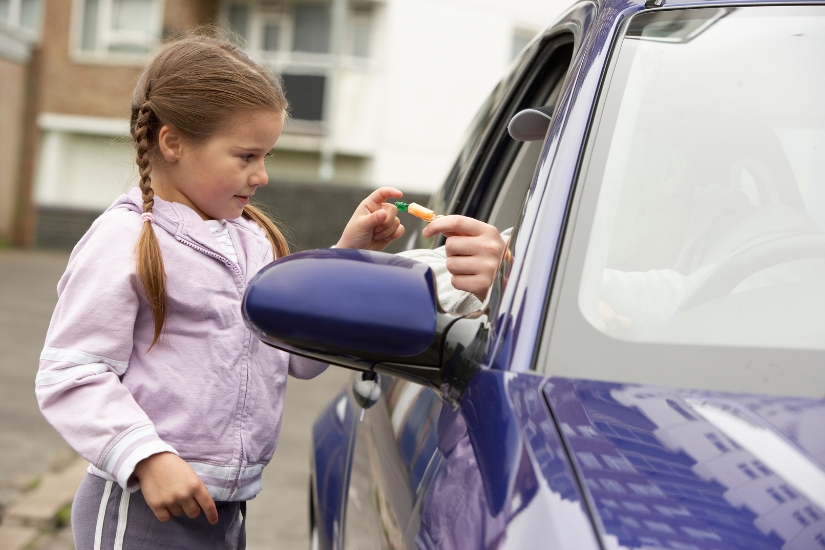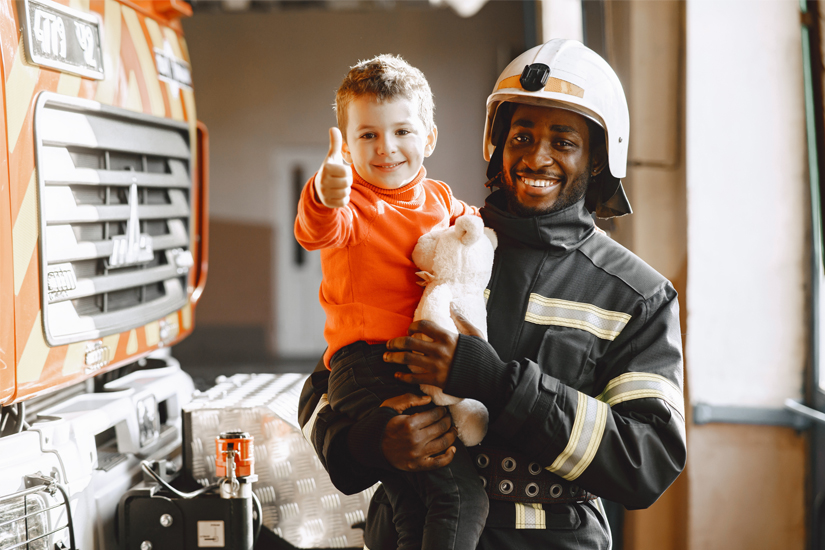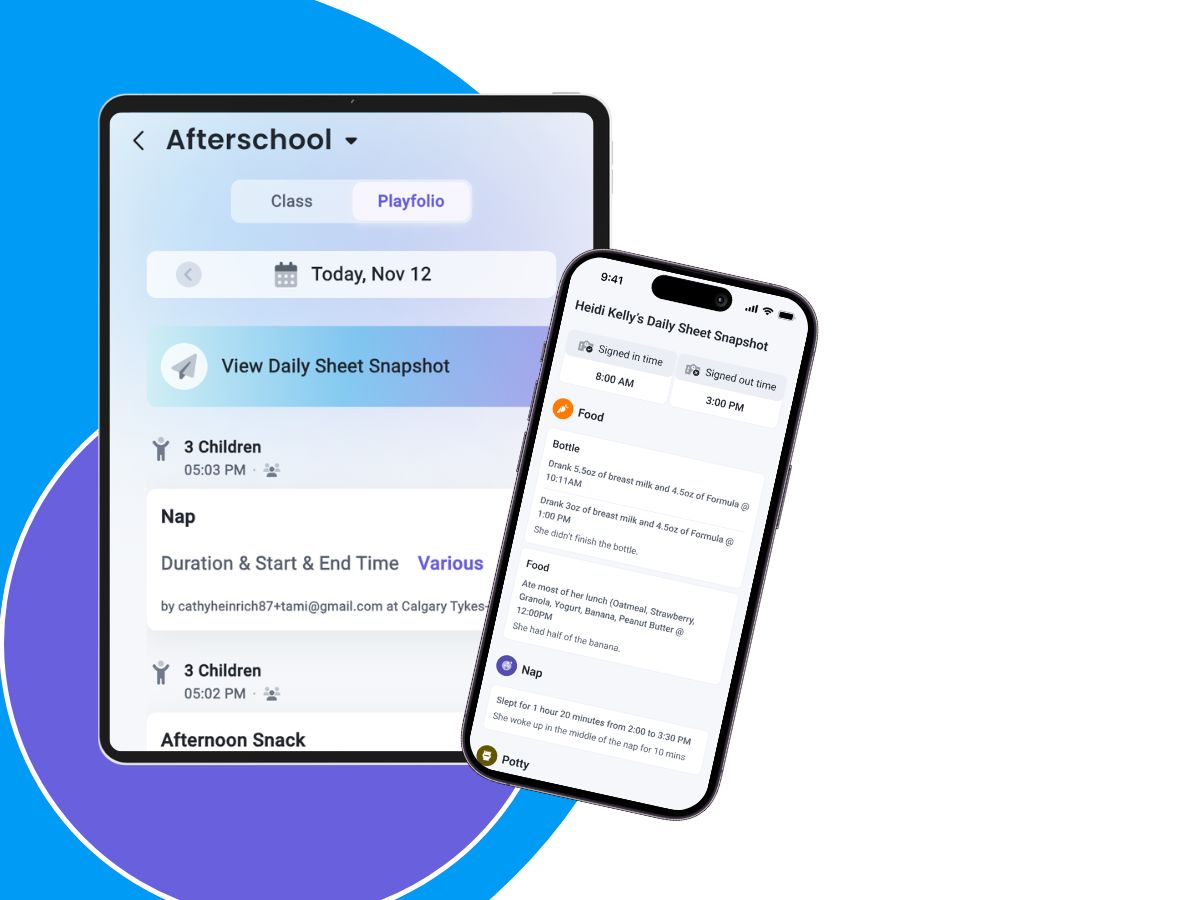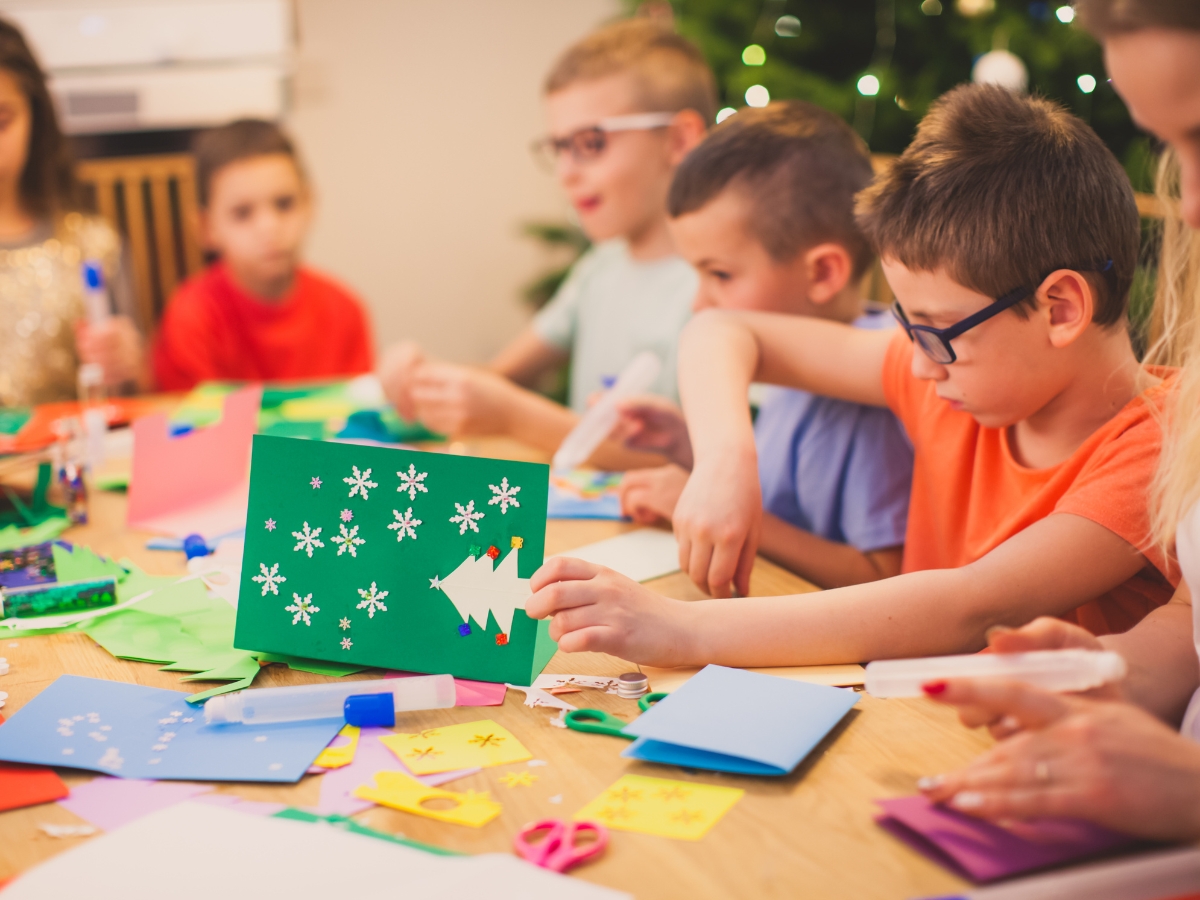Whether you’re a parent, guardian or childcare provider, the safety and wellbeing of your little ones is a top priority. As adults, we can do our best to make sure children are looked after and safe, but as they begin to grow, teaching them about stranger danger and how to keep themselves safe is a must.
Educating children about how to react to strangers can be a tricky subject. You have to give them the tools they need to act in dangerous situations without causing them to be afraid of meeting new people like teachers, doctors and extended family members. With all of the “what-ifs” of child safety, the topic can feel overwhelming for guardians and caregivers. It’s best to go into the conversations with a plan. To help, we’ve put together some areas to focus on to get the talk started.
Explain the Basics
Run through the basic premise of strangers with your child if they don’t have a handle on the concept yet. It’s easy to take ideas like this for granted as we get older, but young children may not fully understand them. The definition of a stranger may vary from person to person, but at its core, if a child doesn’t know someone, they should be considered a stranger. The key is helping them recognize if a stranger is a danger to them or not.
Run Through Examples and Scenarios

Give some examples of situations that children should be wary of. Here are a few to get you thinking:
- A strange adult is asking them to leave a safe space.
- Someone they don’t know is offering them toys or treats to help them.
- Someone begins to forcibly take them somewhere.
- Someone is making them feel scared and uncomfortable.
- They’re being told to disobey rules or do something without permission.
- They are being asked to do something or keep something secret.
Tip: Doctors, Grandparents, and more. Not all strangers are bad!
Children may have follow up questions about what makes someone a stranger and it’s important to stress that not every new person a child meets is a threat.
Go through some examples of times when children are safe around someone they don’t know to help them understand the difference between stranger danger, and someone who is there to help.
Make a Plan Together
Hopefully strangers won’t ever be a real threat to any children in your care, but being prepared and having a plan could help keep them safe if they ever are. Talk with your child about what to do if they find themselves stuck with a dangerous stranger or lost without a parent or guardian.
Though individual plans may look different for every child and family, here are some general tips to help get them back to you safely:
Stay Near, Stay Safe
Sometimes kids wander off. Their reasoning can be innocent enough, but they may not be aware of the dangers it can put them in. Stress the importance of staying close to you, a teacher, or a group of their peers and not wandering away. This can prevent stranger danger from ever becoming an issue.
Backtrack to a Meeting Spot
Depending on the location, this can be as simple as a child returning to you from a different aisle in a grocery store, in larger spaces however, it can be a good idea to establish meeting areas in case you get separated from each other. Point out safe spaces to run back to if they come across trouble.
Know Who to Ask for Help

Point out grown-ups who can help them if they can’t find someone they know. Doing a trip to the zoo this weekend? Point out the zoo employees by their uniform shirts or badges so they can be easily identified. A police officer or firefighter is often a safe person to find as well.
Know What to do if they Encounter a Dangerous Stranger
The National Crime Prevention Council (NCPC) suggests four simple words that will help the child act safely: “No, Go, Yell, Tell.” If it comes down to it, children should do whatever they can to get away from a dangerous person. Encourage them to make it clear that they don’t want to go with the stranger, run away, make noise and get help.
Practice. Practice. Practice.
Don’t make the mistake of limiting this talk to one occasion. If you are a parent, quiz your child on what they should do in these situations and run through your plans with them often. If you are a teacher, take the opportunity to bring up these tips to your class regularly! Create a ‘Safety Week’ or month to focus on the ideas and bring them up again to keep your little ones sharp, safe and aware.
Just like anything you teach a young child, learning about stranger danger can take time for kids. Go in with a positive attitude and be ready to answer questions. Reinforce the lessons by asking about your plan before you go out. Being lost or one-on-one with a stranger can easily become overwhelming for a child, especially a younger one, but having a plan in case they ever need it committed to memory can help save them from harm’s way.
For more information and tips on safety, check out the National Crime Prevention Council’s website.
















